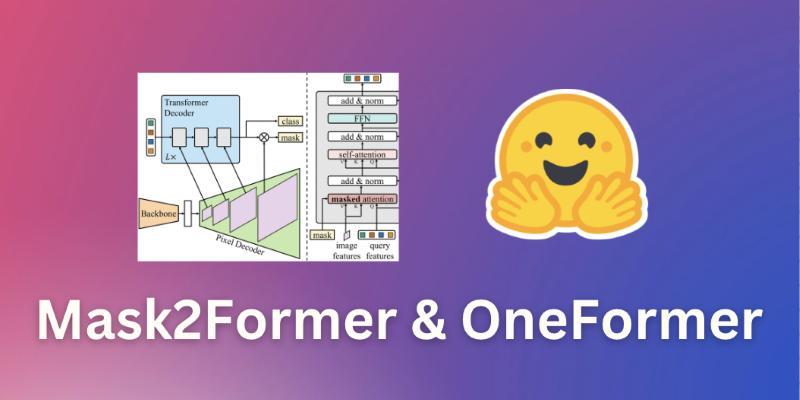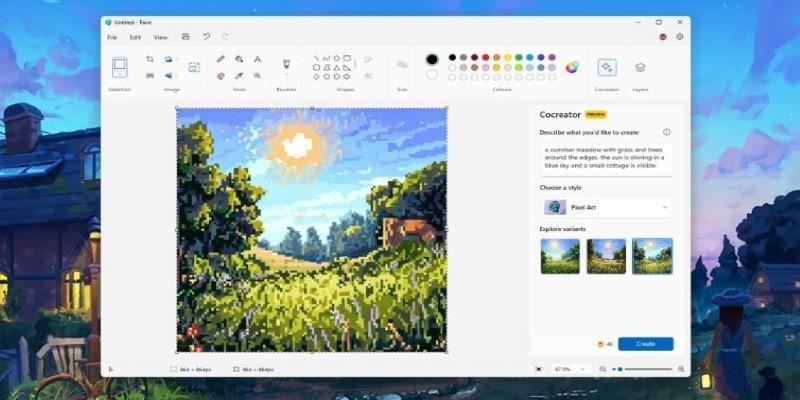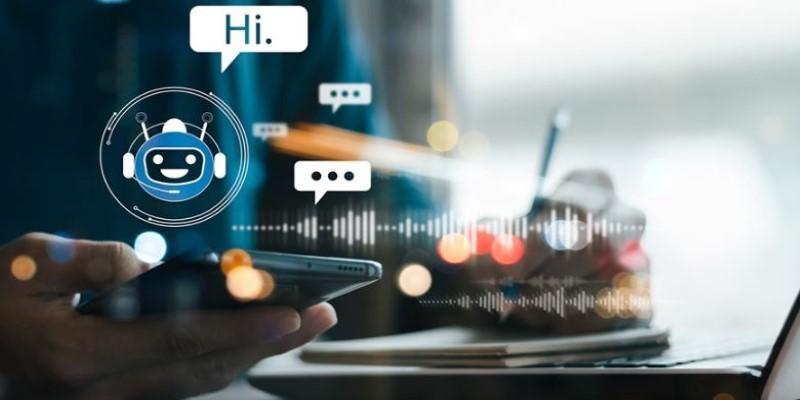Transcriptions made easy using Whisper
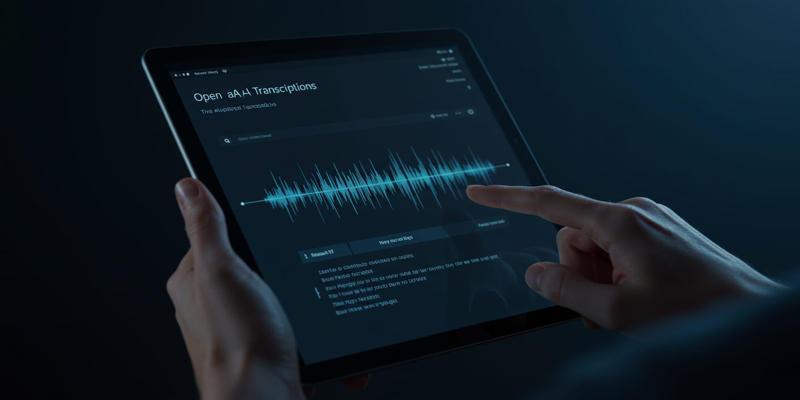 Automated transcription technology has revolutionized how businesses, content creators, educators, and researchers handle audio-to-text conversion. The manual transcription of hours of audio is expensive, slow, and inaccurate; however, AI-based solutions have the ability to do the same task at high speed without the need to introduce errors into the text. Some of the recent advances include OpenAI Whisper, a multilingual, noise-tolerant speech recognition that has applications in a wide variety of scenarios.
Automated transcription technology has revolutionized how businesses, content creators, educators, and researchers handle audio-to-text conversion. The manual transcription of hours of audio is expensive, slow, and inaccurate; however, AI-based solutions have the ability to do the same task at high speed without the need to introduce errors into the text. Some of the recent advances include OpenAI Whisper, a multilingual, noise-tolerant speech recognition that has applications in a wide variety of scenarios.
This article provides a comprehensive guide on how to leverage OpenAI Whisper for automated transcription, offering insights into its functionality, advantages, implementation options, best practices, and real-world applications. With in-depth knowledge of what Whisper can do, you will be able to realize transcription workflows that are far more efficient, reliable, and scale to the greatest heights.
The Latest Speech Recognition Model Hiper OpenAI: What Does it entail?
OpenAI Whisper is an auto-regressive speech recognition system based on advanced deep learning trained over a large corpus of about 680000 hours of audio of various types. Compared to other conventional speech-to-text-engine technologies, Whisper performs even better due to the diversity of the training material and accents, dialects that it comprehends, and audios that can be transcribed regardless of the tricky situations in which they were recorded, i.e., in noisy environments.
The main characteristics of Whisper are the following:
- Multilingual and Dialect Robustness: Supports more than ninety different languages, accurately reflecting the variations in different regions and accents.
- Noise Resilience: Performs in the presence of echoes, overlapping speech, or ambient noise.
- Language Recognition: Recognizes a given audio file's vernacular without any prior metadata.
- Time Alignment: Timestamps the transcribed segments so that they can be synchronized, either with captions or with more detailed analysis.
- Open-Source Model Availability: Allows local usage and optimization to use in specific domains of transcription applications.
- APIs Available through OpenOpenAI make it easier to get access to cloud-based transcriptions to scale deployments without infrastructure costs.
Why Choose Whisper for Automated Transcriptions?
Automated transcription services abound, but Whisper’s innovations give it distinct advantages:
- Precision: When trained over wide and varied data sets, accuracy is enhanced by generalizing over situations and making fewer errors in transcription.
- Flexibility: Compatible with any language, or use it when you need to apply it in a context of code-switching where several languages are combined.
- Compliance and Privacy: Local implementation keeps sensitive data local, and API options offer high security access controls.
- Cost-Effective: Decreases the cost of manual transcriptions and the turnaround times drastically.
- Developer-Friendly: The API is simple to use and is available in open source, which facilitates integration into the existing workflow.
The Whisper Transcriptions: Fundamental Usages
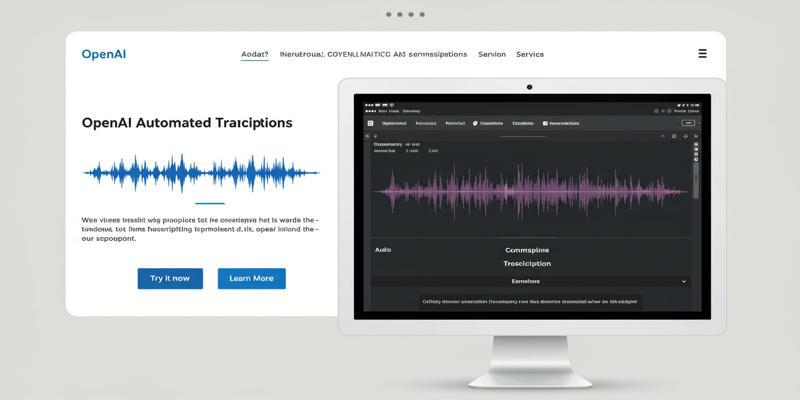 OpenAI Whisper opens the door to transcription solutions optimized for many fields.
OpenAI Whisper opens the door to transcription solutions optimized for many fields.
- Sports and Entertainment: Rapidly transcribe podcasts, interviews, documentaries, user-generated content, or any other media in order to caption, index, or translate.
- Customer Service and Call Centers: Real-time or post-call transcribe calls to support the quality assurance, sentiment analysis, and training.
- Education: Transform lectures, seminars, and webinars into searchable formats like transcripts to improve learning and accessibility.
- Legal and Medical: Since these fields work with important records, it is important to record things accurately, and this becomes easier with legal and medical recordings.
- Research and Analytics: Codify a family of raised voice conversations with direct transcriptions of audio datasets to analyze and dig into qualitative research and data mining.
How to Use OpenAI Whisper for Automated Transcriptions
Pre- memories of various forms of pre-war Performing Audio Inputs
Input audio quality has a large influence on the accuracy of transcription. Optimal results are obtained by:
- With high fidelity recording (this is best with at least 16 kHz recording).
- Reducing the ambient noise and crosstalk.
- Working with audio in the formats we support, WAV, MP3, or M4A.
- When working with long audio files, how do you split them to make them processable?
Using the OpenAI Whisper API to transcribe ASCII
OpenAI has a hosted API that allows utilizing Whisper capabilities to transcribe audio files without managing the infrastructure. To transcribe:
- Send your audio file by uploading it safely with the API
- Enter settings such as language, or automatic detection of language
- The API transcribes the audio and provides the transcription together with time stamps.
This is scalable, does not need much setup, and can be used in production-type environments.
Whisper Locally
- To satisfy more control or offline processing, the open-source approach of Whisper can run on local servers or edge devices. This requires:
- Installing the Whisper package and its dependencies.
- Training to load the pre-trained model suitable for your language or your use case.
- Running scripts on your audio files to do transcriptions.
- Local usage will be desirable in cases where privacy, compliance, and/or latency are critical.
Incorporation of Whisper Transcriptions into your systems
- The Whisper outputs can be integrated with devices.
- Automatic subtitle-generating media platforms.
- Use the CRM systems as a means of analysis of the interactions with customers.
- Indexing, search andd content management systems.
- Text pipelines to applications suchs as sentiment analysis or summarization.
Post-Processing, or making it usable
To edit transcripts with regard to certain usages:
- Puzzle out filler phrases, umms, or uhhs.
- Write all in your own words, breaking into logically independent paragraphs..
- Label speakers when there are several speakers heard
- Convert transcripts to subtitle files SRT or VTT.
- Also embed spell checking and correction of language where necessary.
Best Practices to have Accurate and Reliable Transcriptions
Inasmuch as possible, attach clean audio with the use of good microphones and a quiet background during recording.
Select the low-end Whisper model that satisfies trade-offs between speed and accuracy with your workload.
Language-specific Whisper models can be used on single-language content to get better accuracy.
Conduct a manual review on critical or legal transcripts to ensure compliance.
Monitor API usage to better manage costs and rate limits.
Problems and "Workarounds" in the Use of Whisper
Background Noise and Overlaps: Whisper is hardy, not impervious: audio pre-processing and noise reduction may be great options in case the quality is terrible.
Multiple Speakers: Whisper does not do diarization by itself; use external speaker separation tools with Whisper.
Latency in Real-Time: The API response time will be a factor in real-time applicationss; latency may require either batch processing or low-latency designs to support real-time transcription.
Cost Management: At a large scale, consider cost-optimization between local deployment and API usage.
Whisper in The Future of Transcription
The Whisper continues to get better with more and more varied data and better efficiency. The future extensions can be:
- Enhanced contextual knowledge to help better transcribe ambiguous/domain-specific terms.
- Integrated speaker diarization and emotion recognition.
- Fluent translation with monitoring ability and transcription.
- Lighter versions to be used on low-powered devices such as smartphones or IoT.
Conclusion
OpenAI Whisper provides a next-generation solution for automated transcription that balances accuracy, multilingual coverage, and ease of use. So far, access to the API or the open-source models allows developers or organizations in all fields to simplify the audio-to-text process.
By adopting the best practices on audio processing, deployment, and post-processing, you can use Whisper to create quality transcriptions that are open to intelligence analytics and operation speed.
Becoming a Whisper customer today will mean changing the way you work with speech data in general and turning audio files into something more actionable, searchable, and more useful to you at scale.

